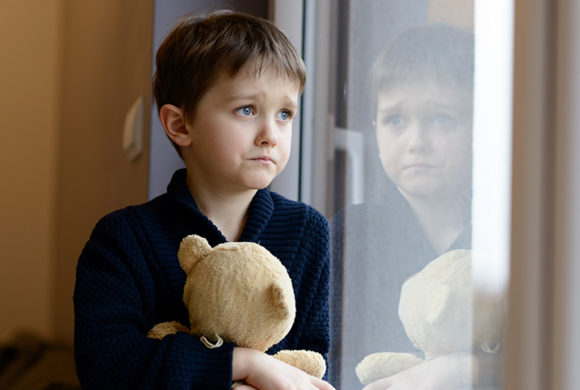Child Anxiety
When Parents should be Concerned about Anxiety
Emotions such as fear and worry are commonly experienced by children and adolescents as a normal part of maturing. But when these emotions get in the way of your child’s daily life and disrupt his or her routine, this could be a sign of an anxiety disorder.
What is Anxiety?
Anxiety is an emotion that involves feeling nervous, scared, afraid, or worried. Usually, we feel anxious when we think something bad is about to happen.
When is Anxiety a Problem for a Child?
Although everyone experiences anxiety, some children begin to feel anxious and/or worried so often or so intensely that it makes them feel really uncomfortable and starts to interfere with their daily lives. A child or adolescent may have an anxiety disorder if they have an extreme response to a situation or event that they believe is threatening; and if the intensity of the reaction is out of proportion to the actual danger. This anxious response often includes thoughts of approaching harm or danger, a heightened physical response, such as increased heart rate and rapid breathing, and the avoidance of situations or events that cause the child to worry.
The experience of a child or adolescent with an anxiety disorder can lead to considerable distress and can interfere with his/her daily activities at school, at home, or with peers.
Other common ways in which people may experience anxiety include:
- Panic attacks
- Selective mutism, in which a child is unable to speak in particular situations
- Anxiety when separating from a caregiver
- Anxiety in social situations

Effective Therapies for Anxiety
Cognitive behavioral therapy (CBT) is an effective and appropriate treatment for children and adolescents with an anxiety disorder. Teaching kids to challenge their anxious thoughts and understanding of situations, rather than accepting anxious thoughts as the truth, CBT encourages kids to generate more realistic versions of situations and their ability to cope with them. Ready with a new mindset, children then gradually face their fearful situations breaking the challenges down into small, manageable steps. Overtime, children are able to more quickly tap into non-anxious interpretations of situations, and understand that avoidance of feared situations, only makes matters worst, instead the only way to get past anxiety is to face it head on and approach situations until they become used to them.
